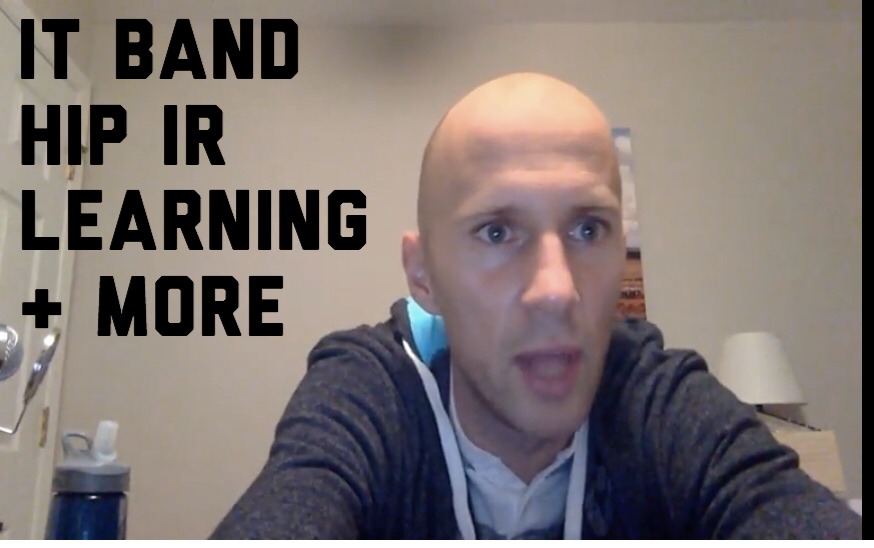Tag: china

Iliotibial Band Bullshit, Deciding What to Learn, Hip Internal Rotation, and Structure, function, and pathology – Movement Debrief Episode 23
Movement Debrief Episode 23 is in the books. Here is a copy of the video and audio for your listening…
Movement Chapter 8: SFMA Assessment Breakout Descriptions and Flowcharts
This is a chapter 8 summary of the book “Movement” by Gray Cook. What to Look For The SFMA breakouts…

